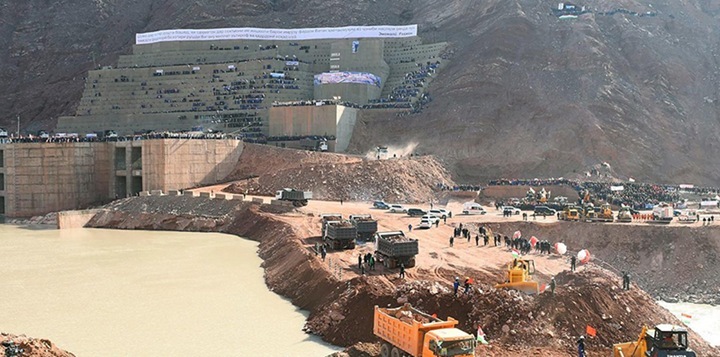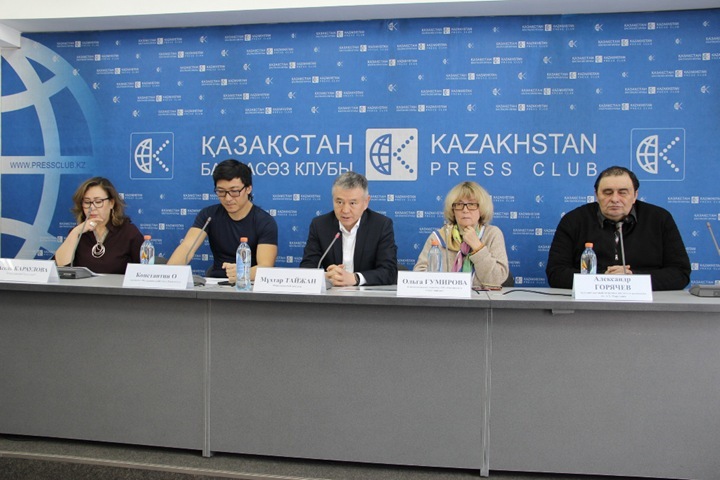Rogun Dam: environmental threat under the guise of economic progress
Last week, the Tajik authorities announced the signing of agreements worth $812 million to complete the construction of the Rogun hydroelectric power station, which could become the largest in Central Asia.

The construction of this Dam in Tajikistan, despite the stated economic ambitions of the authorities, is causing growing concern among environmentalists and international experts. The recent allocation of a $350 million grant by the World Bank for the project has only intensified criticism from the environmental community. Analysts warn that large-scale interference in the natural systems of the Vakhsh River could have disastrous consequences for the entire Central Asian region.
According to the report of the international ecological coalition “Rivers without Borders”, the creation of a maximum volume reservoir will change the natural flow regime of the river, which will endanger the unique tugai forests of the Tigrovaya Balka Reserve, a UNESCO World Heritage Site. This is just one of many risks. The change in river flow will also have a negative impact on agricultural areas, where about 7 million people live in four Central Asian countries. Droughts and water scarcity may become a new reality for these regions.
In addition, the project can significantly increase greenhouse gas emissions. According to experts, the carbon footprint of Tajikistan’s energy system may grow by 60%, which contradicts global goals to reduce the impact of human activities on the climate.
Alternative scenarios proposed by environmentalists remain without due attention. Among them are a reduction in the height of the dam by 70 meters, a combination of a smaller-scale Dam with solar generation and diversification of energy sources. However, despite these proposals, the World Bank and other financial organizations approved support for the project, limiting themselves to promises of “enhanced surveillance measures.” Experts note that these decisions are made without a detailed analysis of alternatives, which creates a dangerous precedent for future projects.
The situation around the Rogun Dam demonstrates the classic conflict between the desire for economic development and the need to preserve environmental sustainability. The Government of Tajikistan continues to promote the project as a key element of the country’s energy security, but ignoring environmental risks casts doubt on the long-term feasibility of such investments.
Experts insist on the need for a more open dialogue with the participation of all stakeholders, including local communities, environmentalists and international organizations. Without this, the project may turn from a symbol of progress into a source of environmental crisis, the consequences of which will be felt for decades.
Vesti Abad


